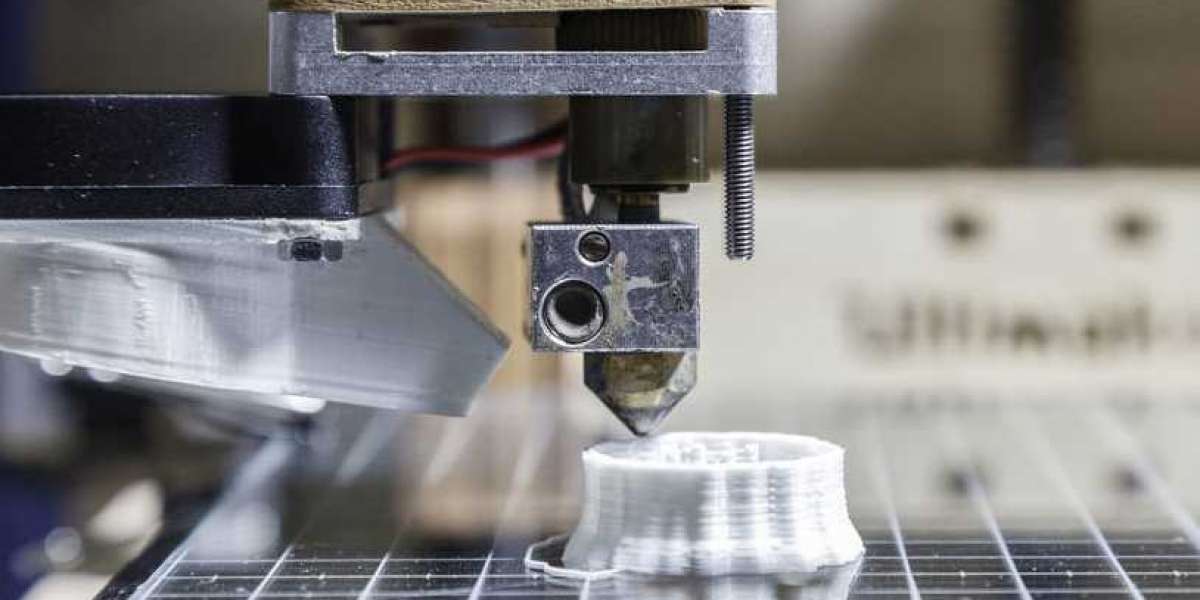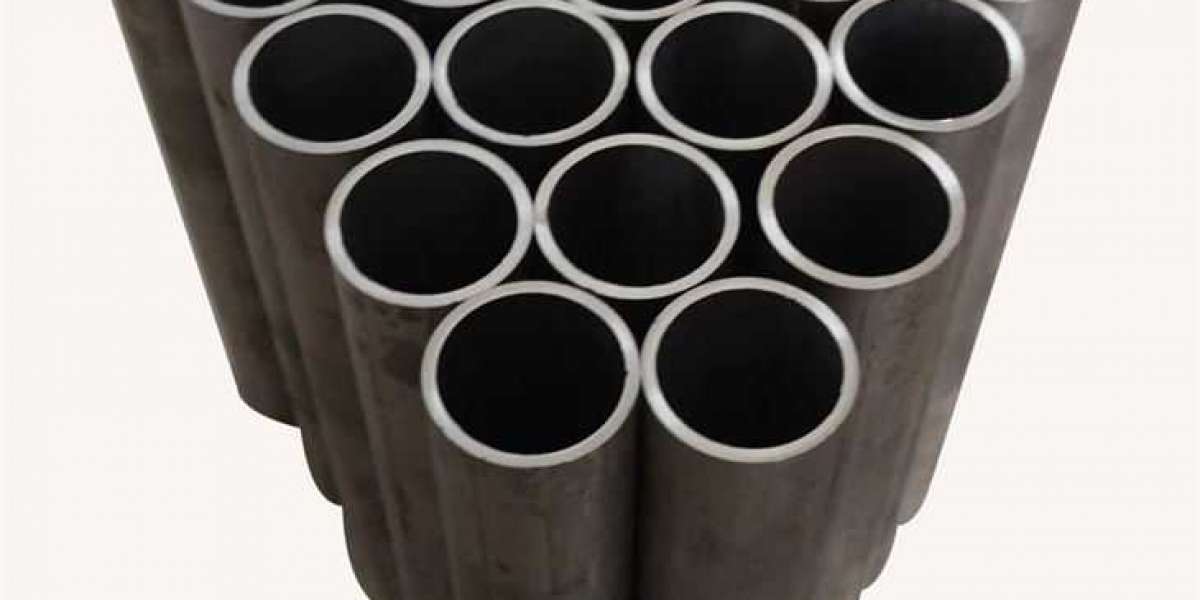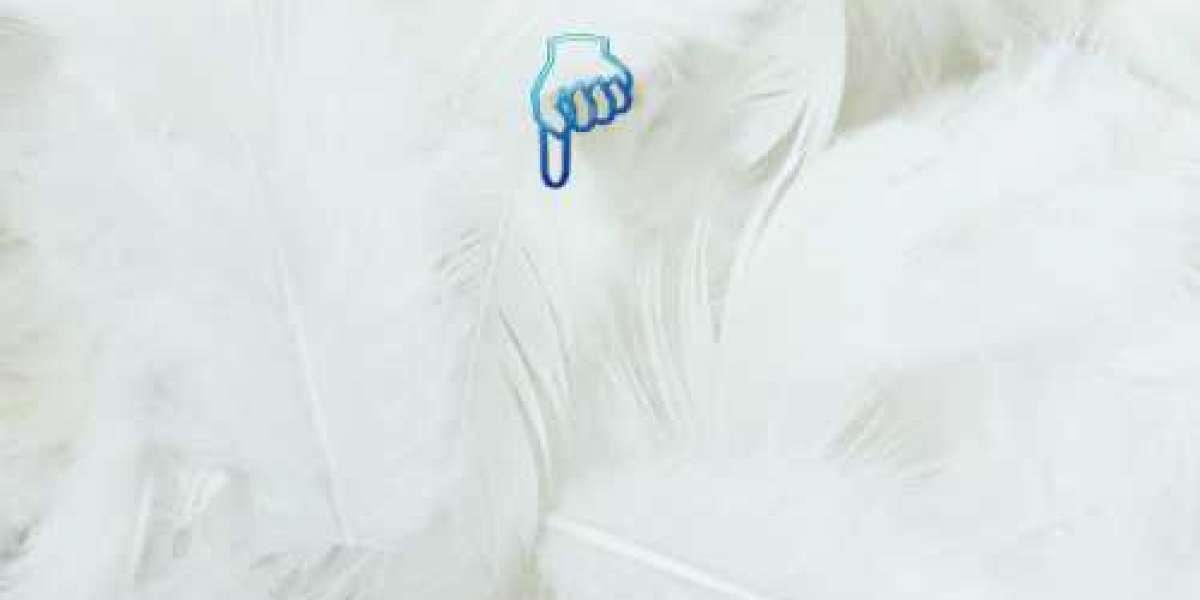What is the method? What is 3D Printing? Let's take a look at some of the most impressive 3D printing accomplishments. The twenty-first century has been a period of tremendous innovation, and we are witnessing significant advances in science, technology, and engineering on a daily basis. In a matter of decades, we went from using entire rooms for computers to perform simple addition to everyone having their own personal cinema, calendar, mailbox, shop, and map in their pockets.
3D printing, also known as additive manufacturing, is a manufacturing process in which a 3D printer creates three-dimensional objects by depositing materials layer by layer in accordance with the object's 3D digital model.”We can create efficient, precise, dynamic, and beautiful creations with a variety of materials using these 3D printing parts.
People can realize their dreams and find solutions to their problems through 3D printing. Because they are so much more adaptable to technology, anyone with access to a computer can simply build to their heart's content.3D printing, on the other hand, is not just for fun. It can be used to teach students about our mysterious oceans, to print more efficient, fuel-saving rocket parts, to build houses for the poor, and to speed up the prototyping and manufacturing process. Despite how far technology has progressed, this is only the beginning.
The desire to send humans to Mars continues to grow, and technological advancements are accelerating. As satisfying as it is to marvel at our achievements, there was considerable disagreement over how Mars's habitats should be constructed. Should they be taken apart and then reassembled? What about the use of inflatable houses? Nevertheless, NASA recognized that 3D printing would be the most effective solution and immediately began working on it. They created the 3D-Printed Habitat Challenge in order to involve the general public in these technological advancements. Teams from all over the world were invited to submit their designs for 3D printed shelters on the Moon and Mars in order to be considered for a chance to win a $2 million cash prize.“Some of these designs are incredible,” says Monsi Roman, a program manager for NASA’s Centennial Challenges. The concepts are absolutely incredible. They are not just designing structures; they are also designing habitats that will allow our space explorers to live and work on other planets. Our missions are complex, and I believe these designs can demonstrate that in a way that is both realistic and understandable.”Despite the fact that these designs are still in their early stages, the potential of these shelters is enormous, and improvements and tweaks are being made on a daily basis.
The meat industry, in many ways, is detrimental to the environment and is one of the most significant contributors to climate change. For example, the large amount of land required for livestock results in deforestation, and manure releases toxic chemicals into the soil as well as methane into the atmosphere. Plant-based substitutes have risen in response to this problem, but the biggest concern for meat-eaters is whether the meat actually tastes, feels, and cooks like real meat. Redefine Meat, an Israeli start-up, is working to solve this problem through 3D printing. The startup used 3D printers to create perfect replicas of the muscle, blood, and fat found in a real steak, and their machines can produce up to 13 pounds of meat per hour! Redefine Meat claims that their steak replicates the texture and flavor of a real steak, and the company plans to have their substitutes available in high-end restaurants throughout Europe, but it is only a matter of time before it becomes more widely available.
Prosthetics are revolutionary technologies that provide artificial limbs and organs to people who are missing certain body parts (such as amputees). This provides them with greater mobility, functionality, and self-confidence in their own abilities. Despite how beneficial these prosthetics can be, there is one major drawback: they are not inexpensive. There are millions of families around the world who cannot afford these prosthetics, particularly in developing countries, and 3D printing aims to alleviate this problem.
3D printing, on the other hand, is a technology that clearly distinguishes itself from the others. Although the concept is centuries old, the amount of progress it has made in the last few decades is immeasurable, and it has had a significant impact on the technological and scientific fields. Additionally, the many different types of 3D printers available on the market allow ordinary people to get a taste of this amazing technology — from portable 3D printing pens to behemoth printers that can create massive sculptures.



